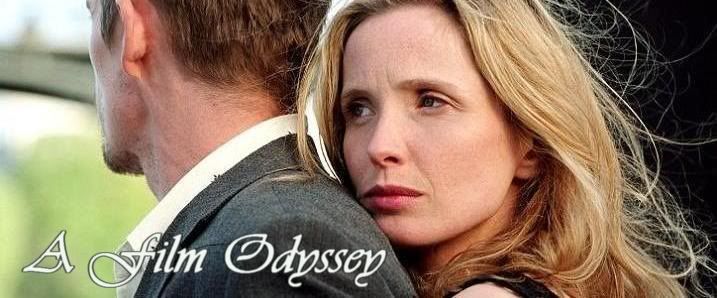Frankenstein (1910)
Despite the historical significance to the medium of his early work, one must be grateful that Thomas Alva Edison is better known for his work on the light bulb rather than that on the movie camera. Once thought to be “lost,” as many silent films now are, his 1910 short of Frankenstein is indeed a fascinating bit of early cinema, but that doesn’t change the fact that it isn’t very good. The surviving copy (available for viewing below) is just over thirteen minutes in length, consisting of a handful of single take scenes that lay out the bare bones progression of a significantly condensed adaptation of Mary Shelley’s literary masterwork. There are no dialogue cards, and were it not for the inter-titles dictating the specifics of what happens in each scene, it would be difficult for anyone unfamiliar with the story to decipher the proceedings. Much of the film is hampered by largely nonexistent artistry, more of an observation than a criticism; unlike Dr. Frankenstein’s monster, the film is certainly a successful experiment. Of greatest interest here, though, is the short’s centerpiece, an extended scene where Dr. Frankenstein (portrayed as something of an alchemist in this version) “creates” the monster (played by silent actor Charles Ogle, visible in makeup here). Like A Trip to the Moon’s immortal shot of the man in the moon, this sequence features one of the great early special effects (simple by today’s standards, but downright brilliant at the time) when the monster is “born” out of a vat of chemicals. In reality, a human-like figure was created out of synthetic material, burned, and the footage played in reverse, creating an eerie image of a bone and flesh accruing even as flames mysteriously engulf them. We might be able to create more wondrous images with today’s computers, but this miniature time capsule, narratively deficient it may be, still tops the majority of them for pure creativity.
Feature: Horror Marathon 2006
Feature: Horror Marathon 2006

